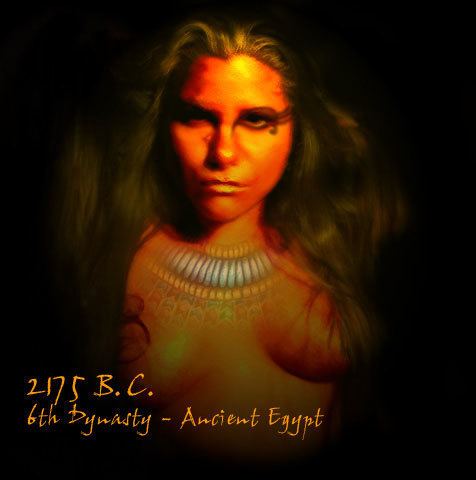Consort Merenre Nemtyemsaf Place of burial Egypt Aunt Iput II | Father Pepi II Neferkare Died 2181 BC, Egypt Parents Pepi II Neferkare, Neith Predecessor Pepi II Neferkare | |
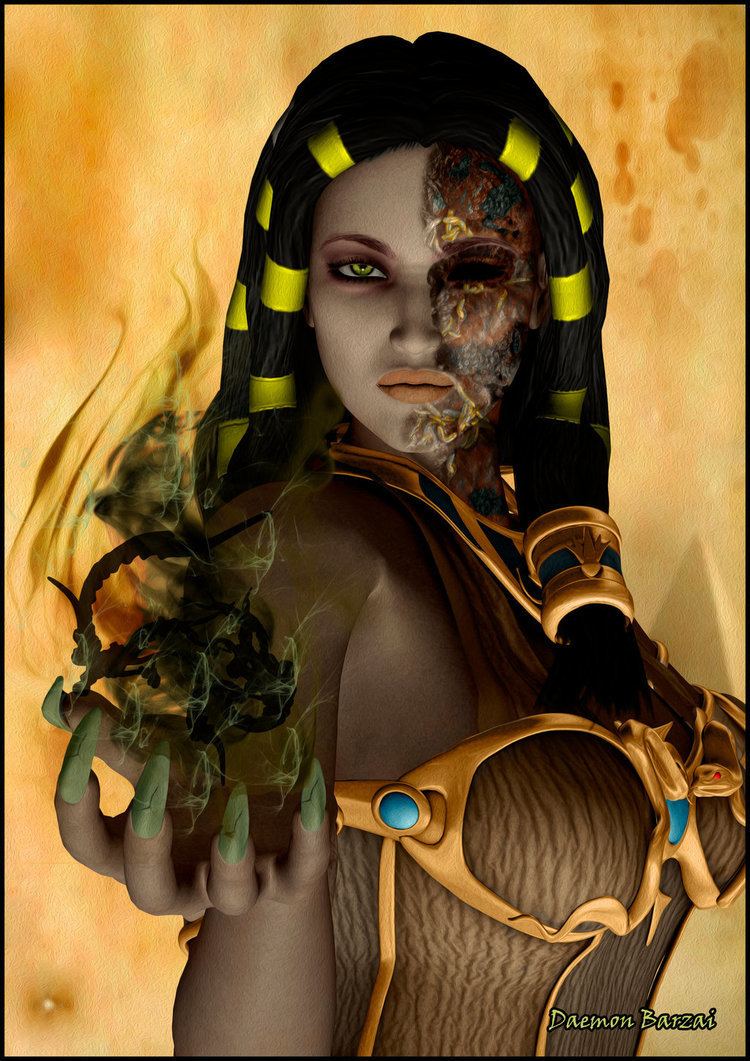 | ||
Grandparents Pepi I Meryre, Merenre Nemtyemsaf I, Ankhesenpepi II Similar Merenre Nemtyemsaf II, Pepi II Neferkare, Sobekneferu, Merenre Nemtyemsaf I, Pepi I Meryre | ||
H ndel belshazzar overture aria nitocris thou god most high and thou alone
Nitocris (Greek: Νίτωκρις) has been claimed to have been the last pharaoh of ancient Egypt's Sixth Dynasty. Her name is found in Herodotus' Histories and in writings by Manetho, but her historicity is questionable. She might have been an interregnum queen. If she was in fact a historical person, then she may have been the sister of Merenre Nemtyemsaf II and the daughter of Pepi II and Queen Neith.
Contents
- H ndel belshazzar overture aria nitocris thou god most high and thou alone
- Ancient records
- In fiction
- References
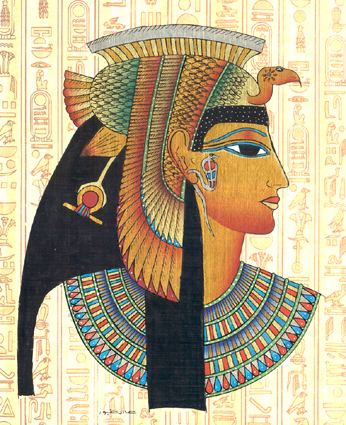
Ancient records
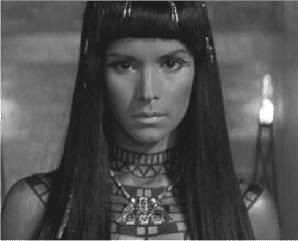
According to Herodotus (Histories ii-100), she invited the murderers of her brother, the "king of Egypt", to a banquet, then killed them by flooding the sealed room with the Nile.
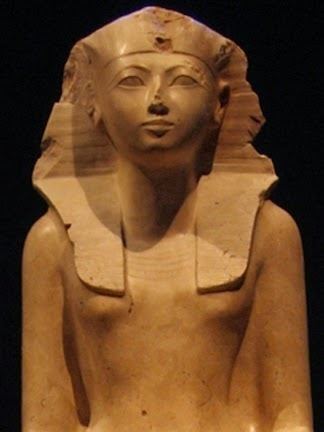
Then, to avoid the other conspirators, she committed suicide (possibly by running into a burning room). Manetho claims she built the "third pyramid" at Giza, which is attributed by modern historians and archaeologists to pharaoh Menkaure of the Fourth dynasty. Manetho was most likely confused by the similarity of the names Menkara (the prenomen or "throne name" of Nitocris) and Menkaure. Herodotus also has a Babylonian queen of the same name and talks of her constructions in Babylon, mainly connected with diverting the Euphrates. His story about her tomb and the inscription on it which fooled Darius into opening it, only to have another inscription on the inside that chastised the opener for being so greedy is an early example of a familiar cultural meme.
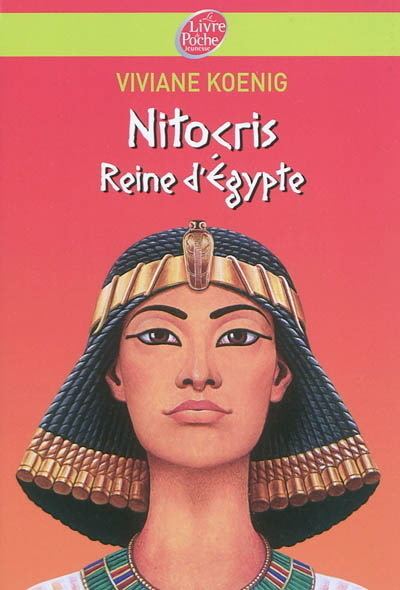
Nitocris is not mentioned, however, in any native Egyptian inscriptions and "she" probably did not exist. It was long claimed that Nitocris appears on a fragment of the Turin King List, dated to the Nineteenth Dynasty, under the Egyptian name of Nitiqreti (nt-ỉqrtỉ). The fragment where this name appears was thought to belong to the Sixth Dynasty portion of the king list, thus appearing to confirm both Herodotus and Manetho. However, microscopic analysis of the Turin King List suggests the fragment was misplaced in reassembling the fragmentary text, and that the name Nitiqreti is in fact a faulty transcription of the praenomen of a clearly male king Netjerkare Siptah I, who is named on the Abydos King List as the successor of the Sixth Dynasty king Nemtyemsaf II. On the Abydos King List, Netjerkare Siptah is placed in the equivalent spot that Neitiqreti Siptah holds on the Turin King List.
In fiction
